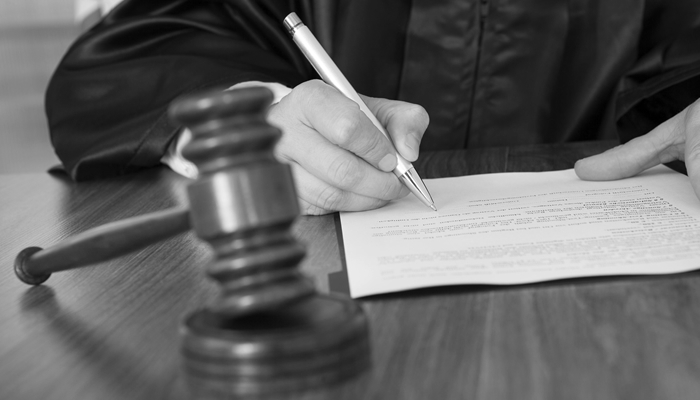

In November 2017 while attending DRI, my colleagues and I first learned about Bestwall’s bankruptcy filing. Given that Bestwall was a significant defendant in the tort system, we were interested in how the bankruptcy case would proceed and what the potential impact might be on the remaining solvent defendants. Since then I have been following the developments of the case—and at the end of January, my colleague Michelle Potter and I had the opportunity to attend a key hearing in person in Charlotte, NC.
In observing the bankruptcy case progress, we have seen much of the same. For example, as we have seen in the past, the same plaintiff firms that were instrumental in bankrupting Bestwall now comprise the official committee of asbestos claimants (ACC). They tend to be the same big players in the litigation and many are top filers when we observe overall national filings in our Asbestos Litigation Report. However, we also see some noteworthy differences. Contrary to historical norms, in August 2018 the ACC filed a motion requesting the court either dismiss Bestwall’s bankruptcy case or transfer the case to an alternative venue. It seemed odd for the ACC to object to Bestwall’s bankruptcy filing, especially since the committee was entangled in the litigation that put the defendant there in the first place.
The hearing I attended on January 24, 2019 had two motions scheduled to be ruled on by the court, of which Judge Laura T. Beyer presides. The first being the ACC’s motion to dismiss the case or transfer venue. The second was a motion filed by the debtor (Bestwall) to protect New GP and other protected parties from continued litigation on the same asbestos cases. On a personal note, although I have been following this case closely, this was my first experience being present during the proceedings. Throughout my career, I have spent time researching and furthering my knowledge of the impacts of insolvency and bankruptcy trusts so I can properly advise my clients. There was a certain sense of import I felt as I listened to Judge Beyer announce her ruling and discuss her rationale.
She began by concisely declaring her ruling to deny the motion to dismiss the case or transfer venue and grant the motion of the debtor for an order preliminarily enjoining certain actions against non-debtors. Acknowledging the complexity of the case, Judge Beyer then walked through her thoughtful and deliberate reasoning behind arriving at that conclusion. I will in no means aim to summarize that decision, but rather would like to bring attention to five salient points she made that resonated with me most…
While Judge Beyers decision unquestionably resolved these two matters faced by the court, she also made it very clear they would inevitably arise again. Even though she believed the Fourth Circuit’s standard for dismissal of a Chapter 11 case had not been satisfied since the court found the case to not be objectively futile, she noted that the court will eventually judge the debtor’s good faith at the point of confirmation. Furthermore, in terms of the injunctive relief granted for non-debtor parties, Judge Beyer clarified that this does not in any way qualify those parties for a channeling injunction for claims made against New GP. That decision will come later as well.
There is much to internalize from this ruling, but the case moves forward to brief and argue New GP’s motion to intervene in the adversary proceedings thereby addressing New GP’s right to standing in those proceedings. We will continue to monitor this case and provide updates on significant developments.
Never miss a post. Get Risky Business tips and insights delivered right to your inbox.

Kathrin Hashemi has partnered with her clients on a variety of matters including litigation management, insurer billing arrangements, claims administration, and asbestos bankruptcy trusts. Much of her work has allowed her the opportunity to have a more holistic understanding of the litigation at hand, while simultaneously being able to solve complex problems for her clients.
Learn More About Kathrin